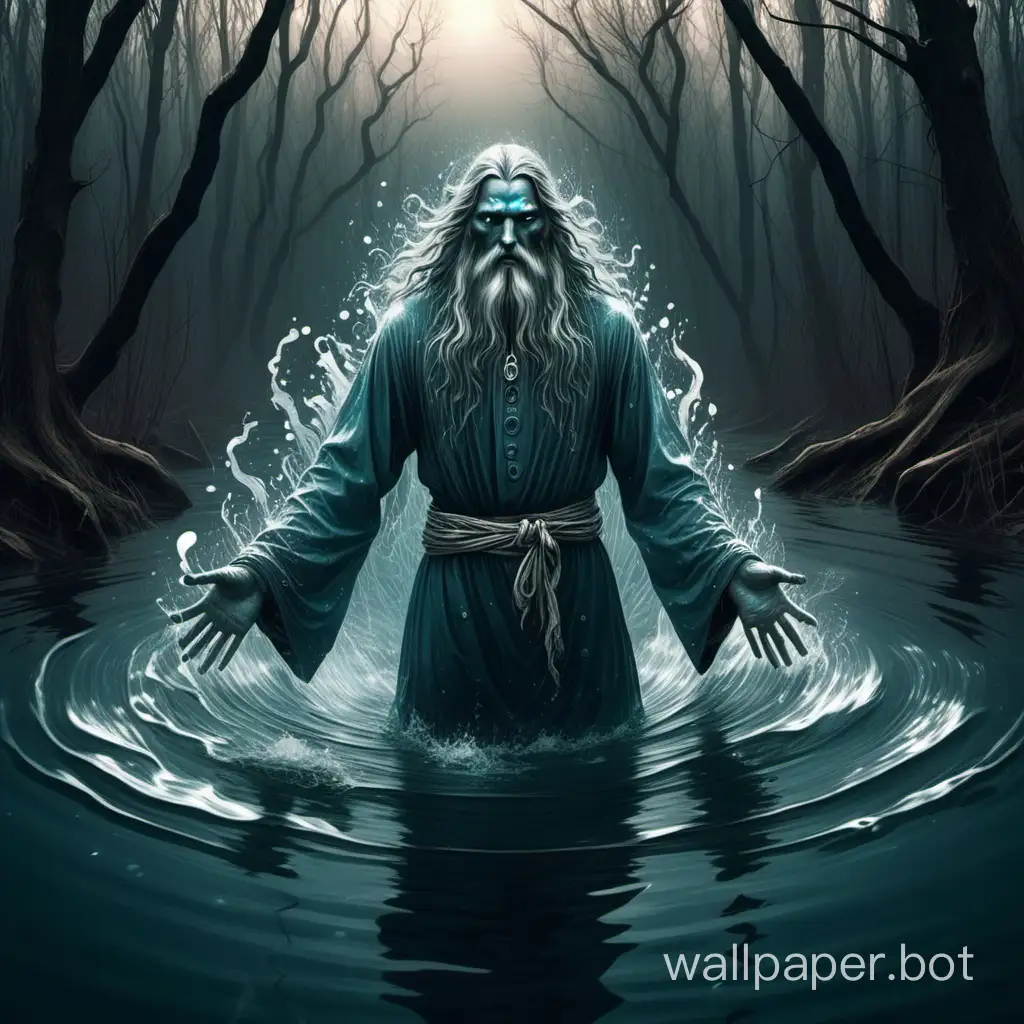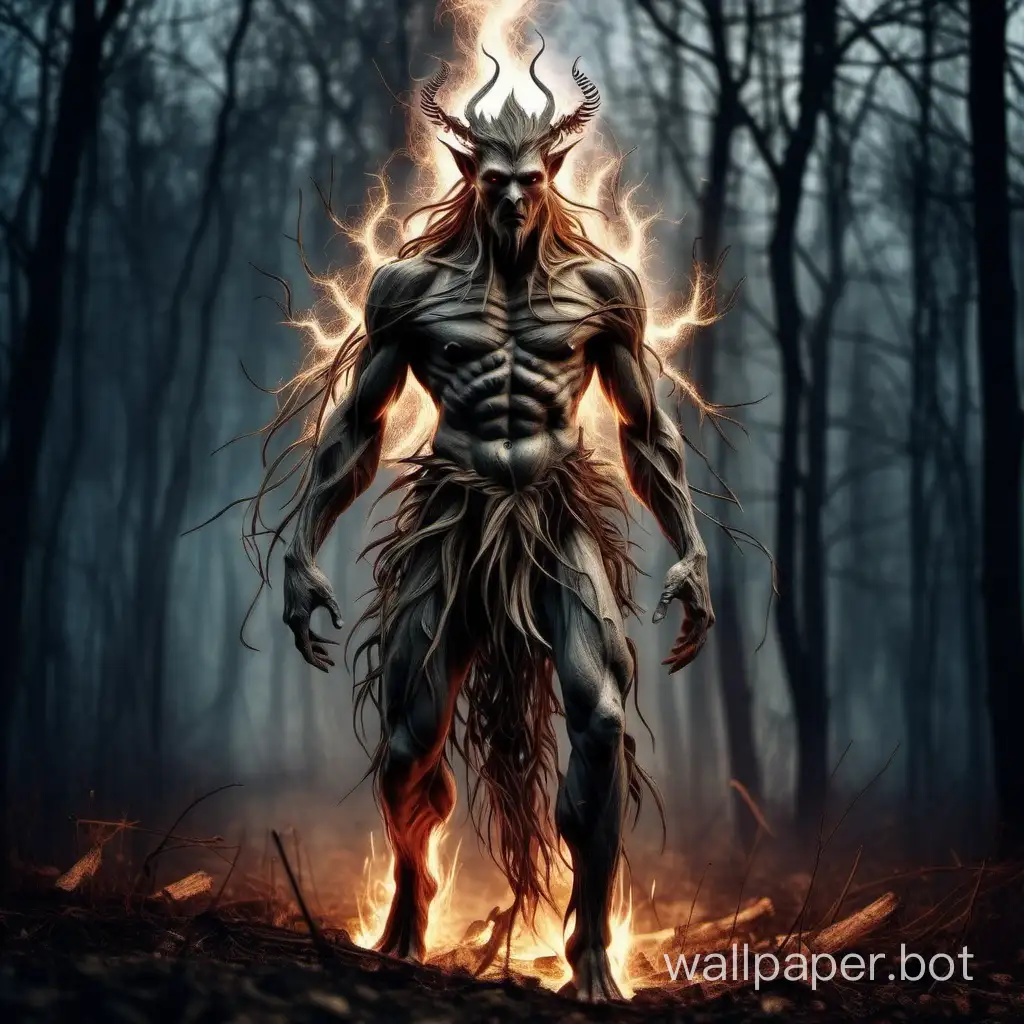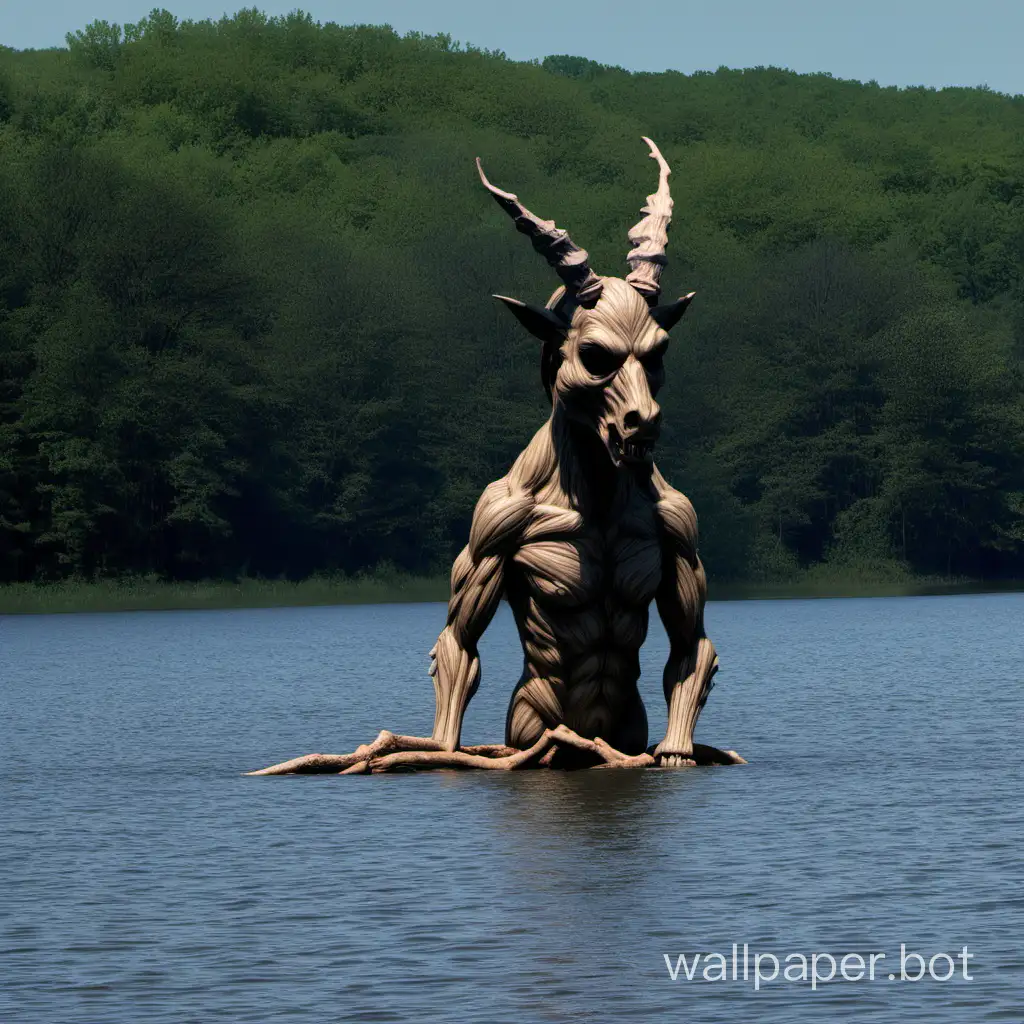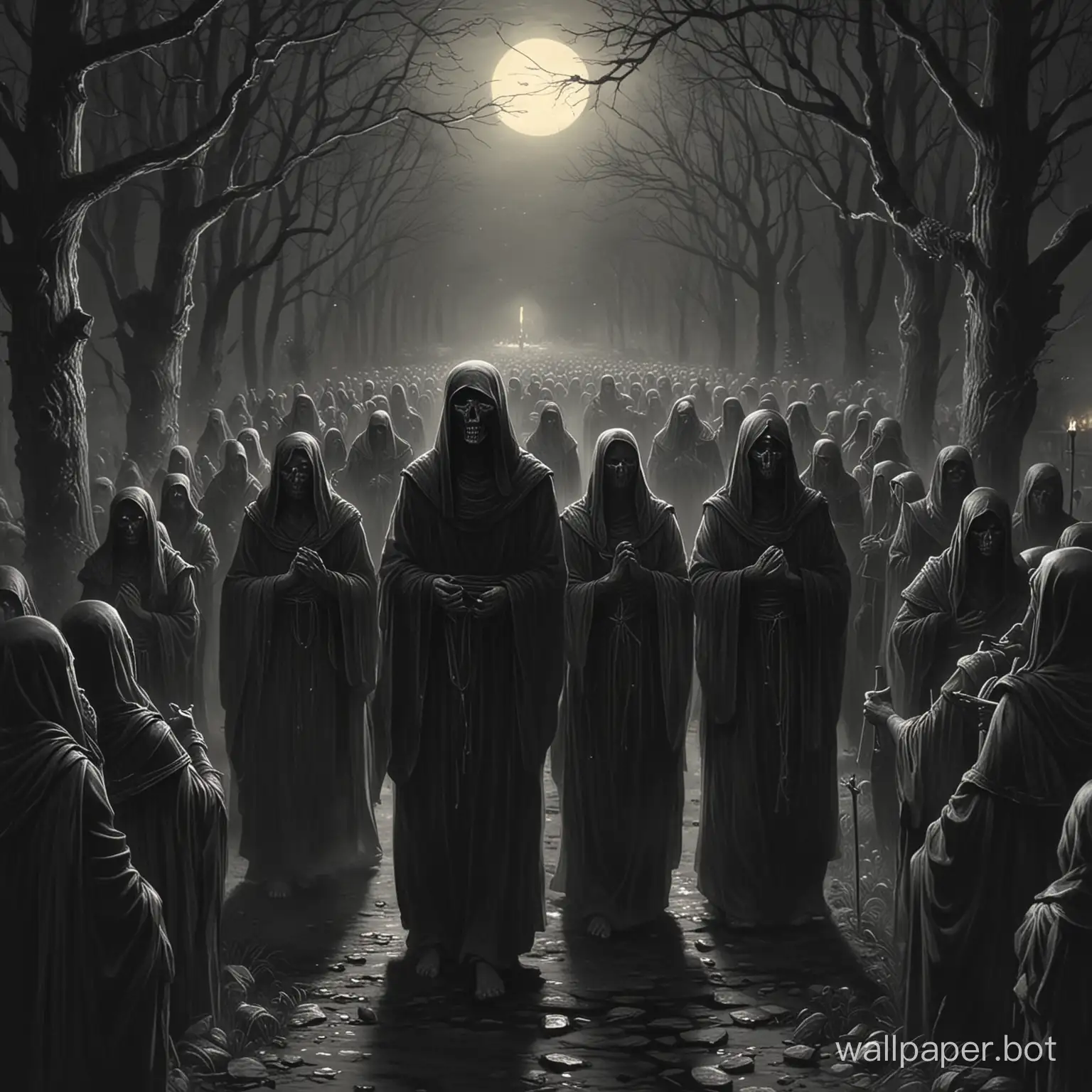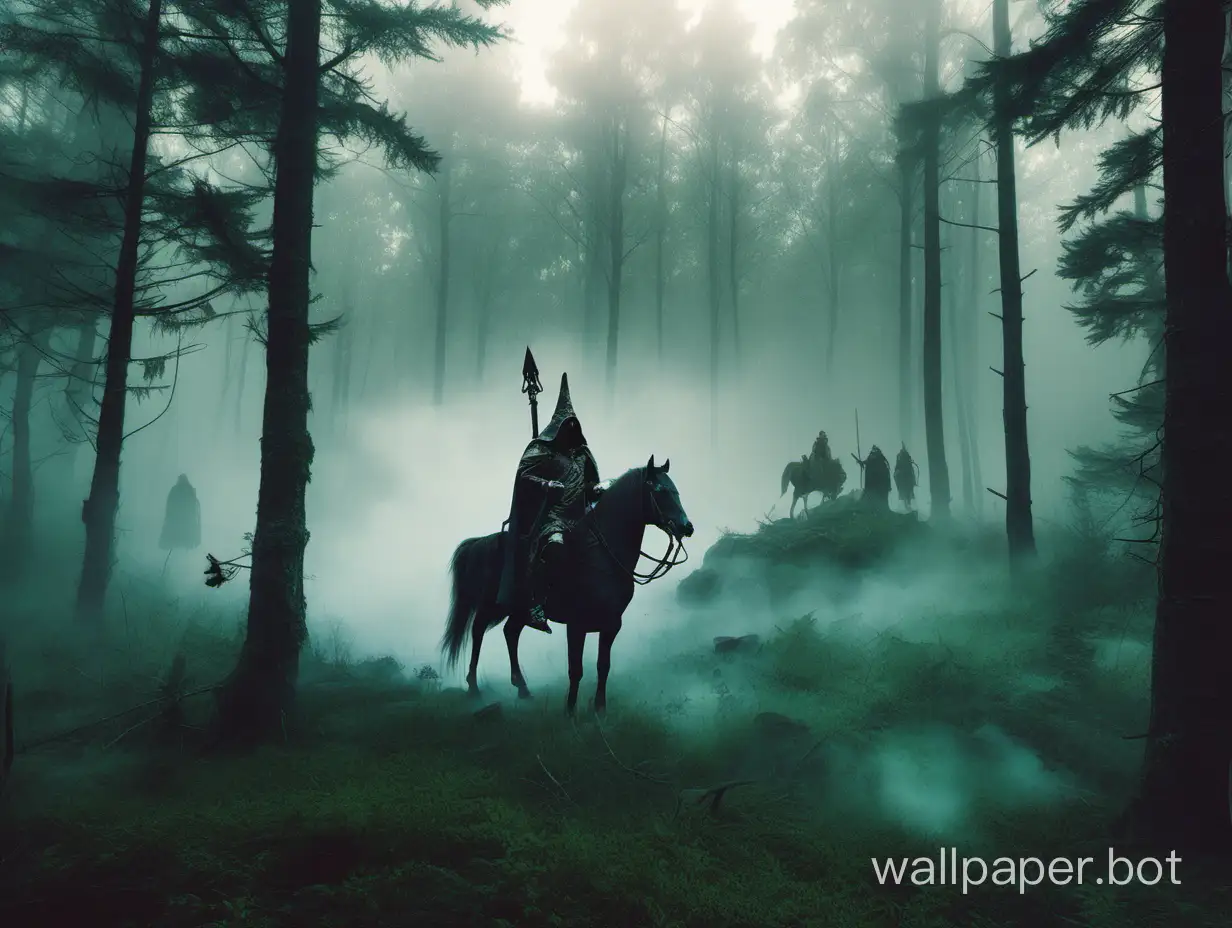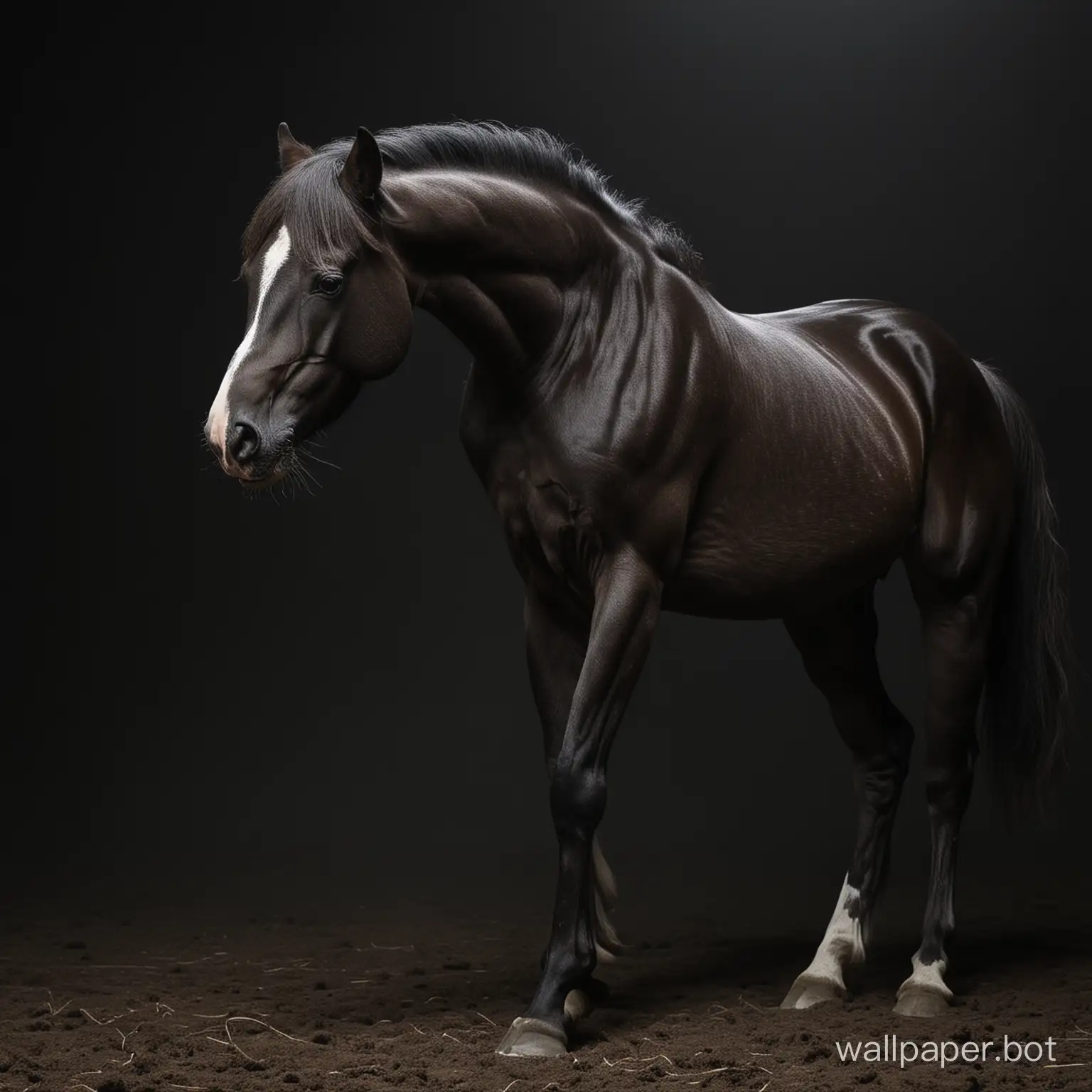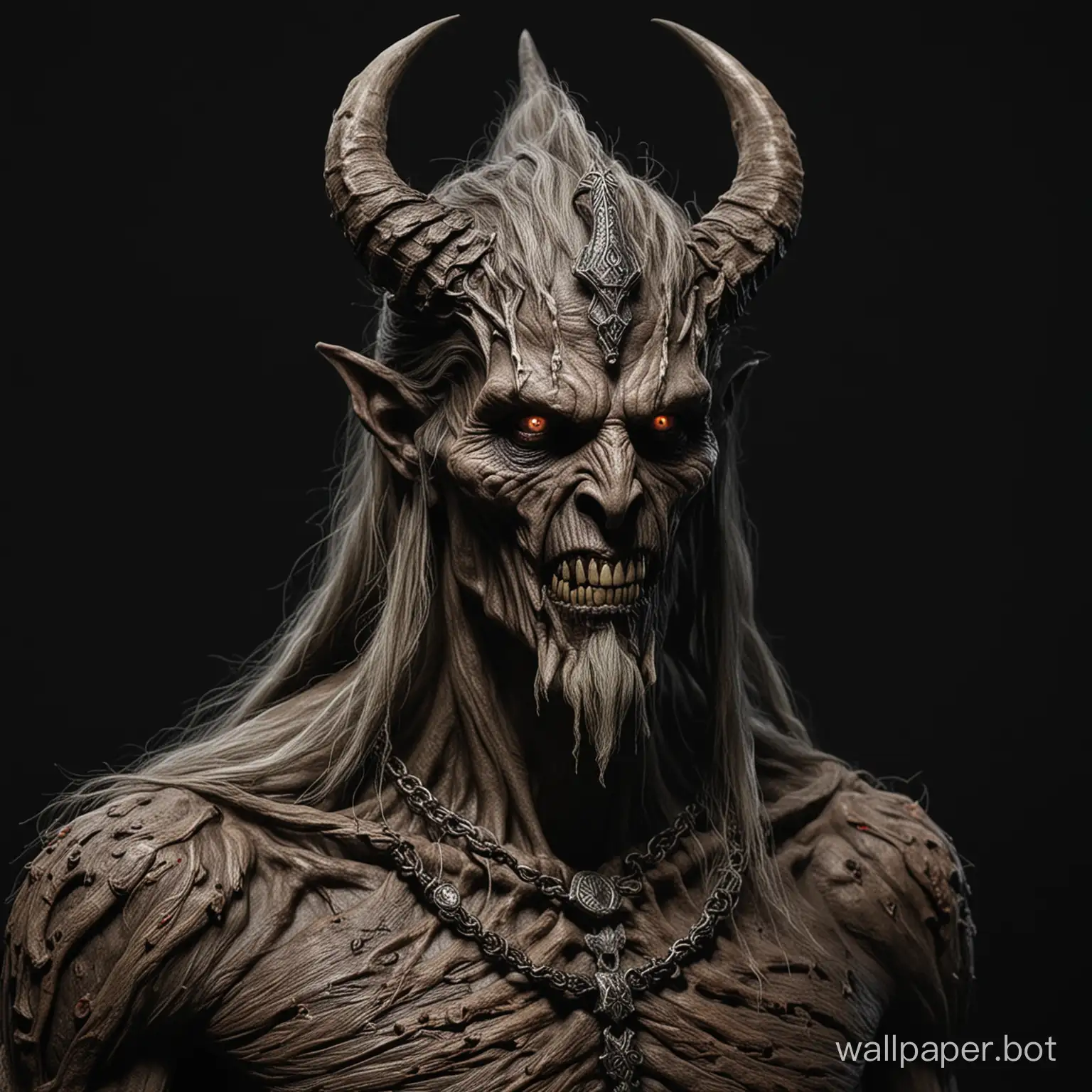Traditional Offerings to Appease the Water Spirit on April 16th
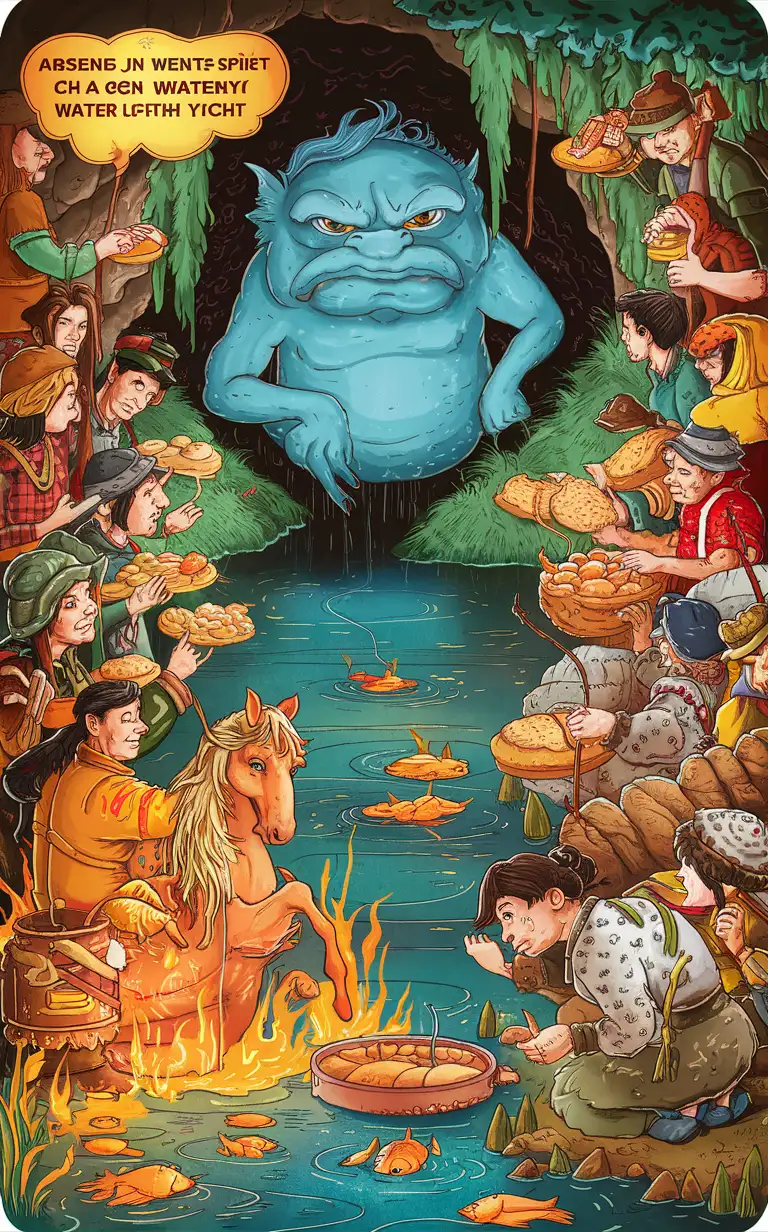
AI Wallpaper Prompt
Prompt
В народе считали, что 16 апреля просыпался водяной. После пробуждения обитатель водоемов пребывал в плохом настроении и постоянно пакостничал людям: то рыбу распугает, то лед раскрошит. Много традиций было связано с задабриванием водяного, ведь, если он уйдет в другой водоем, то рыбакам улова никогда не видать. Поэтому водяному несли угощение: и хлеб, и кашу, и мелкую рыбку. В некоторых деревнях даже приносили ему в жертву лошадь, мазали ее медом, поливали маслом и топили, чтобы водяного задобрить.
Model: visiCanvas
Ratio: 10:16
Related Tags
AI Wallpaper Prompt Analysis
- Subject: The image depicts a traditional ritual performed by villagers to appease the water spirit that awakens on April 16th. Setting: The scene is set by a tranquil water body, possibly a lake or a river, surrounded by lush greenery indicative of a rural village. Background: The background shows villagers gathered around the water, some carrying baskets of bread, porridge, and small fish offerings, while others are preparing a sacrificial ritual. Style/Coloring: The style is traditional and cultural, reflecting the customs and beliefs of the villagers. The coloring may emphasize earthy tones to connect with nature and spirituality. Action: Villagers are shown performing various actions such as placing offerings near the water's edge, lighting a ceremonial fire, and possibly performing a dance or chant to appease the water spirit. Items: The image may feature baskets filled with bread, porridge, and small fish, a sacrificial horse adorned with honey and oil, ceremonial torches or candles, and other ritualistic items. Costume/Appearance: Villagers are dressed in traditional attire suitable for a ceremonial occasion, with some wearing accessories like amulets or symbols of protection against the water spirit's mischief. Accessories: The scene may include decorative elements such as floral wreaths, ritualistic symbols, and offerings placed on makeshift altars or ceremonial platforms.
